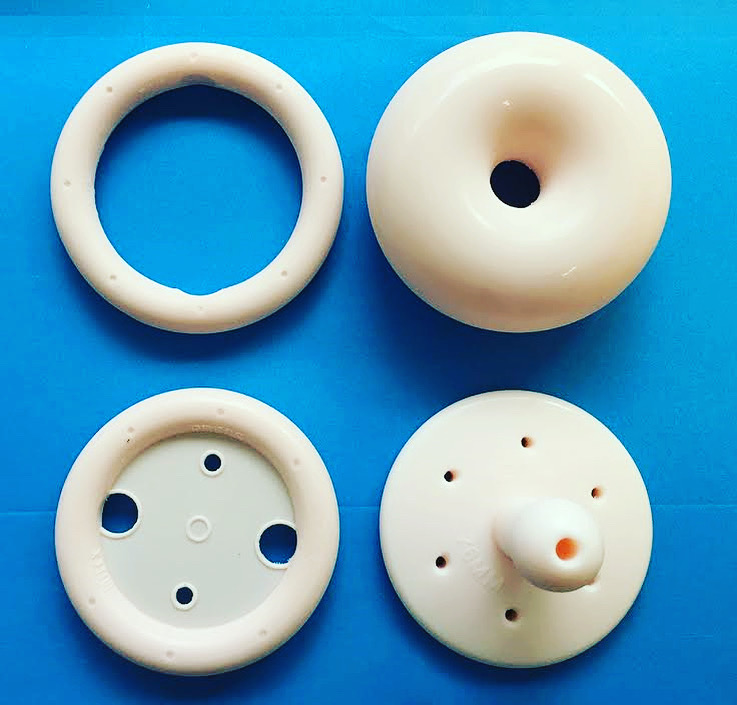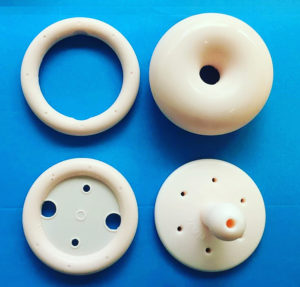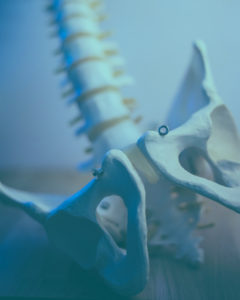
Prolapse and Pessaries
So following on from our previous blog post about prolapse and surgical management. Then let’s delve into the conservative management.
Conservative management can vary between individuals depending on their symptoms and their daily tasks and occupation. So let’s look at what are the options:
- Lifestyle management is the easiest thing to do. So the basic things like keeping and maintaining a healthy weight. Being overweight can increase the abdominal strain and pressure on the pelvic ligaments thus be a contributing factor to prolapse or worsening symptoms
- Ensuring we maintain good bladder and bowel habits. More so ensuring we don’t strain. Because again that strain can then put pressure on the ligaments causing the prolapse to descend down further. The position that we sit on the toilet can also dictate how we empty our bladder and/or bowels as well.
- Pelvic floor exercises. Making sure that you have an individual program to meet your needs is important. The pelvic floor is designed to close the vaginal walls as well as lift the prolapse up into the pelvis
- Topical oestrogen. You will need to get a prescription from your doctor or uro-gynaecologist to ensure that it fits in with your medical history and medications. But oestrogen plays a role with improving the lining of vaginal tissues in postmenopausal women. What it is designed to do is to allow for better contact between the vaginal walls, thus giving you better vaginal closure to support your prolapse
So typically these are the main conservative management options. Some do all and some do a combination of the above strategies. Though there is one other option that some gynaecologists and pelvic floor physiotherapists offer and that is pessaries. Pessaries are silicone vaginal devices that are designed to provide extra support in the vagina to lift the prolapse.
Pessaries are worn in the vagina and it should feel like a tampon (so hopefully you shouldn’t feel it!). There are different shapes and different sizes and not one size will fit all unfortunately. Some come in a ring shape, cube and dish like shapes for example. When it is the right fit, it should improve your symptoms and provide the prolapse the support it needs so it doesn’t descend down.
If the pessary isn’t the right fit, then symptoms may worsen or not be completely addressed. Some women will experience new symptoms such as stress incontinence or for example they are unable to empty their bladder or bowels.
So if the right fit is found, then it will still be equally important to continue with your pelvic floor exercises. There could be a chance that the pessary may need to be removed, so it is important that there is enough strength and endurance to be able to support the prolapse in that time period. Topical oestrogen is also important with wearing a pessary as it helps with creating a suitable lining for the vaginal tissues and ensure good vaginal tissue health, whilst wearing the pessary.
If it fits, the pessary usually does wonders and anecdotally the quality of life of the woman increases dramatically. We do get the occasional woman where she tries and tries and tries different shapes and sizes of pessaries, but unfortunately it doesn’t work and then we need to then decide what the next course of action is. Not all vaginas are the same size and shape! Just like we buy shoes and clothes of the same size and sometimes the brands don’t always quite get the right fit with your body shape.
So are you possibly interested, then speak to your pelvic health physiotherapist.
Related Articles

Endometriosis. What can be done?
Pregnancy related pelvic pain and everything starts to get a little bit too much

Prolapse and Pessaries
Pregnancy related pelvic pain and everything starts to get a little bit too much

I have a prolapse, now what?
Pregnancy related pelvic pain and everything starts to get a little bit too much